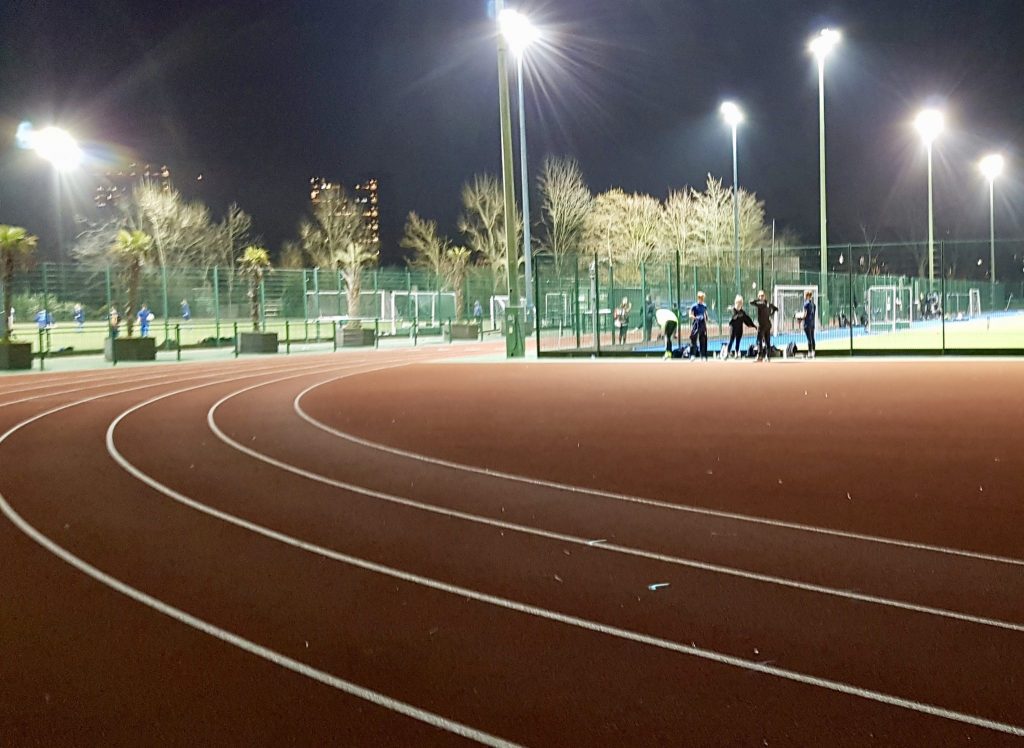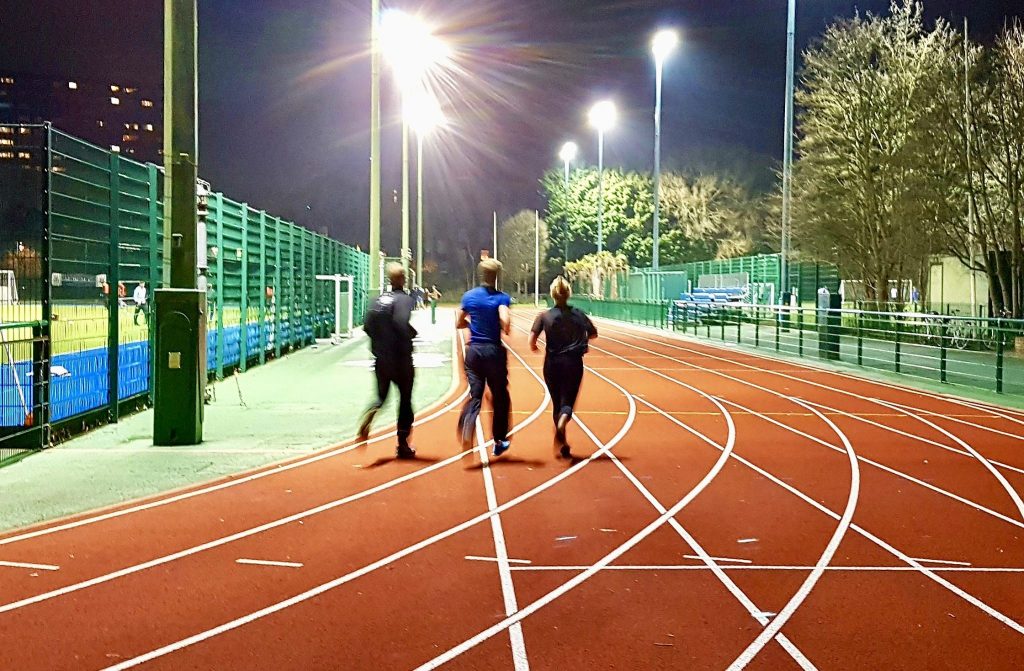Welcome to week one of HITT, Trigirl’s High-Intensity Triathlon Training!
Getting Started
If you’re just starting out, there’s nothing wrong with incorporating high-intensity. However, since running involves impact, it’s suggested that you build up to the sessions to get your body prepared.
Spend a few weeks getting your body used to running (and swimming and cycling) with some easier efforts. Then, progress by adding minimal intervals, building up the number of intervals each week.
Start with one high-intensity session weekly, with the aim of ultimately doing at least one per week per discipline.
Though high-intensity training has been proven safe, if you are starting a new exercise plan (whether traditional triathlon training or HITT), it’s always a good idea to speak with your doctor.
How does HITT differ from other triathlon training plans?
Traditionally, triathlon training plans are written based on the concept of periodisation. This breaks a season into base, build, peak and race phases.
Base and build phases are often solely focussed on building up endurance, leaving speed work until much closer to race day.
Evidence is showing that triathletes, especially long-distance triathletes, can get through a race (and get through it faster) with a lot less long, steady training sessions, replacing them with short, intense sessions.
Additionally, less time spent training means less extended wear-and-tear on the body. This results in less chance of injury and more training consistency. Intense sessions can also help build mental toughness, a great benefit in a race that involves three different sports!
How does HITT work?
In an article in Time magazine, Ulrik Wisløff, a HIIT (high intensity-interval training) researcher and head of the cardiac exercise research group at the Norwegian School of Science and Technology said: During very intense exercise, “the heart cannot pump enough blood to satisfy all the muscles.” This lacking oxygen delivery to the muscles starts a “cascade of molecular responses in most organs of the body” that produces a greater training response than more leisurely bouts of exercise.
So that’s what we are attempting to do with HITT as well. Produce a greater training response in less time. These sessions will intersperse short sprints with recovery intervals to give you maximum results!
Your HITT Session for the Week:

This HITT run session is easiest to complete on a 400m track, but if that’s not possible, find a relatively flat area to do the session.
Firstly, find your maximum heart rate (MHR). There are several ways to do this, which you can find here. Also note, MHR for cycling is lower than for running (roughly 10-15 beats per minute), so take this into consideration when we get into cycling HITT sessions.
For the sprint/high-intensity intervals, the goal is efforts around 90% of MHR. It should feel HARD. If you’re training without a heartrate monitor, think ‘all out’. That said, if you are fairly new to running or speedwork, a brisk jog might get you to the effort level goal.
You are training for YOU, so work hard, but know your limits.
Warm-up for 10 minutes (brisk walk into easy jog, building a bit of speed towards the end)
Run 200 metres (half of the track or one minute if training elsewhere) at sprint/ HITT pace, recover around the other half (a slow jog or walk is fine, if needed, though for these sessions, you may never feel 100% recovered before the next interval). If you’re not using the track, recover for 1:15.
Repeat for a total of 2-8 sets, depending on your current fitness level.
Cool down for 5 minutes or more.

Comments are closed.